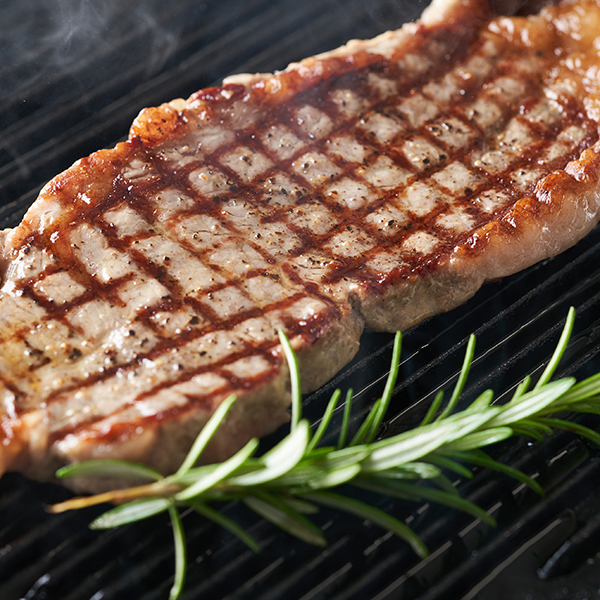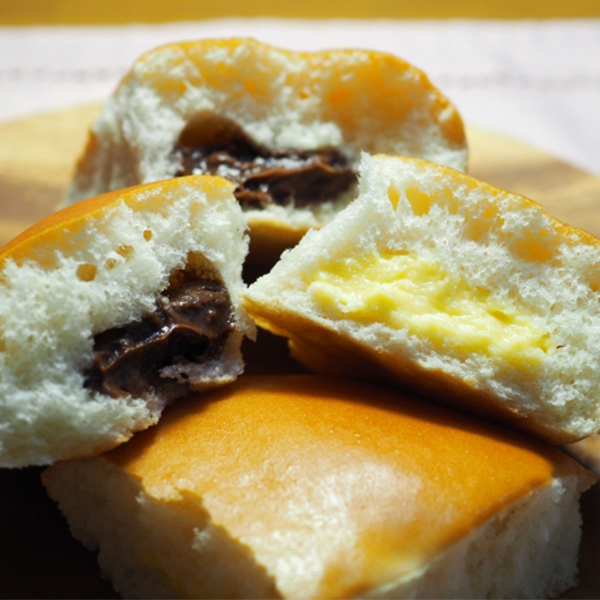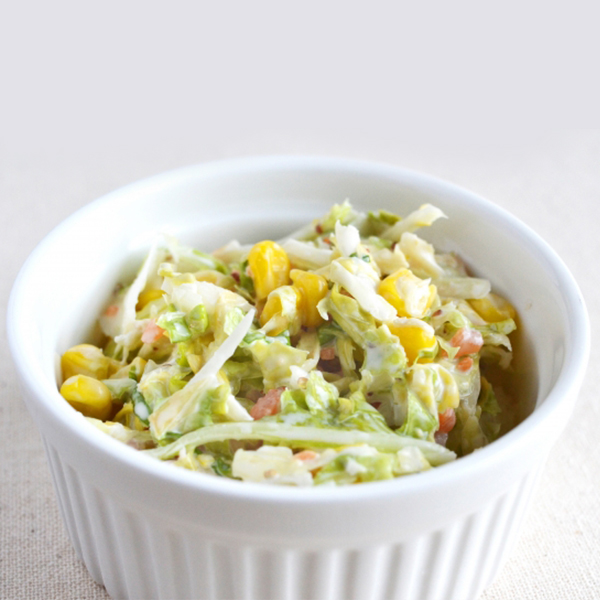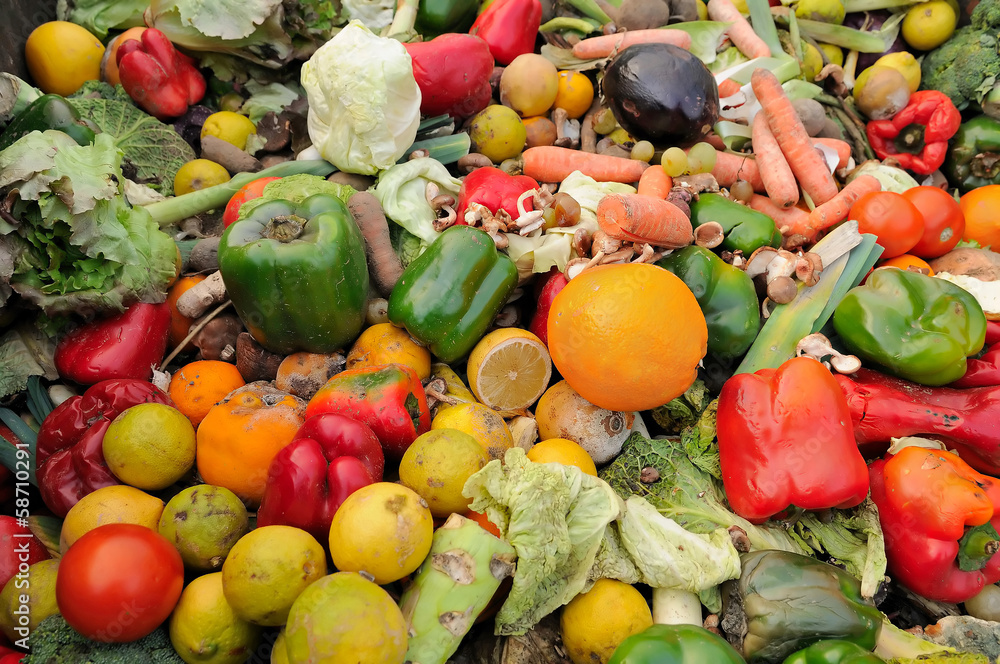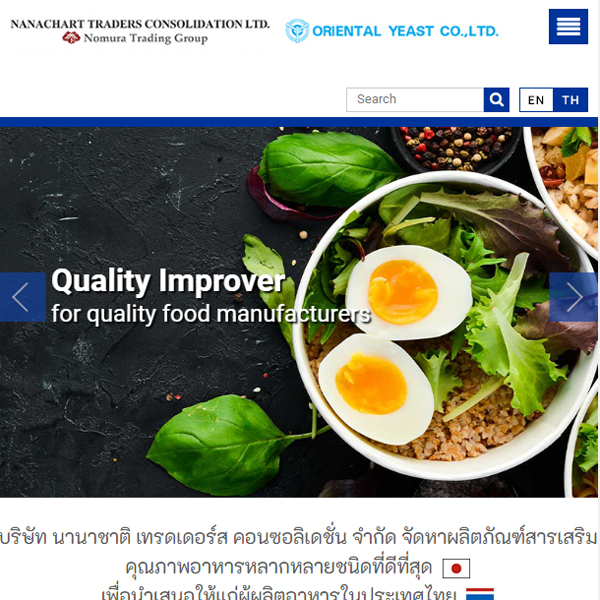Challenges and solutions for creating deliciousness of your meat and seafood
Challenges and solutions for creating deliciousness of your meat and seafood
Date : 28-06-2022
Firstly, the texture of the food plays an essential part of role in order to create the deliciousness to the food. The texture of food is a factor that greatly affects the taste.
For example, when it comes to which of soft and hard meat is more delicious, of course, soft and moderately chewy meat will be more delicious. As a matter of fact, Japanese take the texture more seriously and focuses on how to improve it. This is because apparently, there are more words that express the different kind of “texture” in Japanese compared to foreign languages, and it is said that there are more than 400 words.
We will explain the texture, which is an important element of deliciousness, by taking fish, meat, and starchy foods as examples.
1. Knowing about Texture: Fish and meat
Have you realized that when these foods are cooked, the meat becomes hard and has a dry texture? Have you found the answer why this quality changes when the heat was added to the meat? Why does this change occur?
2. Knowing about protein Fish, Seafood and meat are mainly composed of three types of proteins.
- Myofibril protein
- Sarcoplasmic protein
- Protein that constitutes connective tissue
Each of these consists of different types of features shown as the below:
| Protein types | Features |
| 1. Myofibril protein | Fibrous and involved in muscle contraction Shrinks and hardens when heated |
| 2. Sarcoplasmic protein | Contains glycolytic enzyme Myoglobin is the blood of fish |
| 3. Protein that constitutes connective tissue | Coagulate by heating Continued heating gelatinization and Makes it easier to loosen |
The reason why meat becomes hard is that myofibril protein and collagen are altered by heating and coagulate and contract.
However, as collagen continues to heat, it gelatinizes, weakens the strong connective tissue, and makes muscle fibers easier to loosen. When the meat is slowly cooked in not so overheated temperature, the meat tend to get very tender.
Withal when the meat is heated in a short time very quick, the protein shrinks and coagulates. the water retained in the protein is not retained but separates therefore, causing to flow out the juiciness and meat graveness which causing the texture is hard and dry.
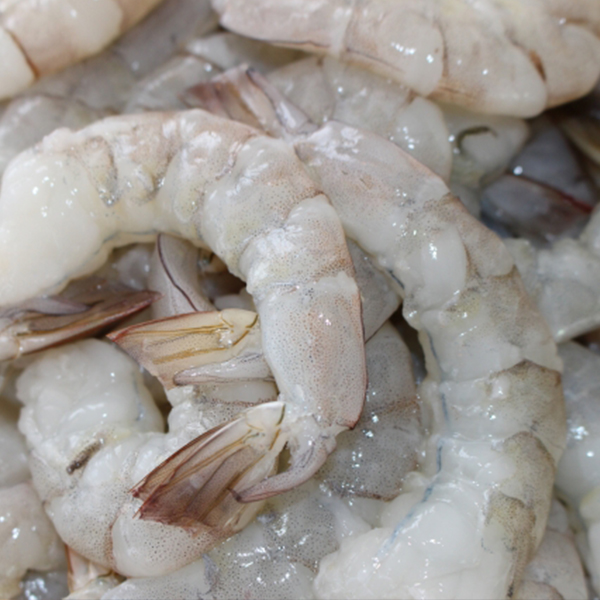
3. Knowing about preventing the meat from becoming hard and dry
There are mainly 3 different ingredients/ quality improvers to prevent this.
Softening with sugar
Sugar has a large number of reactive hydroxy groups (-OH) in its molecule.
Therefore, it interacts with the polar groups of meat proteins. It is believed that this can denature the protein in the meat by heating and delay its coagulation.
Believe it or not, in Thailand, there are many people putting sugar to the meat, Fish and Seafood not only the taste purpose but also softening.
Softening with salt
Adding salt to solubilizes myofibrillar proteins, loosens myofibrils, and increases the water retention of the meat which lead to tender meat and soften meat.
pH adjuster
For example, using baking soda is said to be soften the meat, that is because by adding baking soda, it changes the pH of the meat to the alkaline side.
In addition, the marinade treatment soaked in vinegar or wine changes the pH of the meat to the acidic side, making the meat tender. The muscle fibers are loosened by electrostatic repulsion between chloride-derived chloride ions (Cl−) and acid or alkali-derived positive or negative ions.
By saying that our product Texture improvers N-1 is good for creating tender meat, can make meat soft with a natural texture by leaving the meat for about 10 minutes.
By knowing the causes of fish and meat becoming hard and dry, you will know better how it can be prevented. We are the experts on providing you with the solutions regarding meat processing and texture quality improving by our texture improver
S-VT100, N-1 and T-8 which help the texture become softer and more juicy after cooking.



